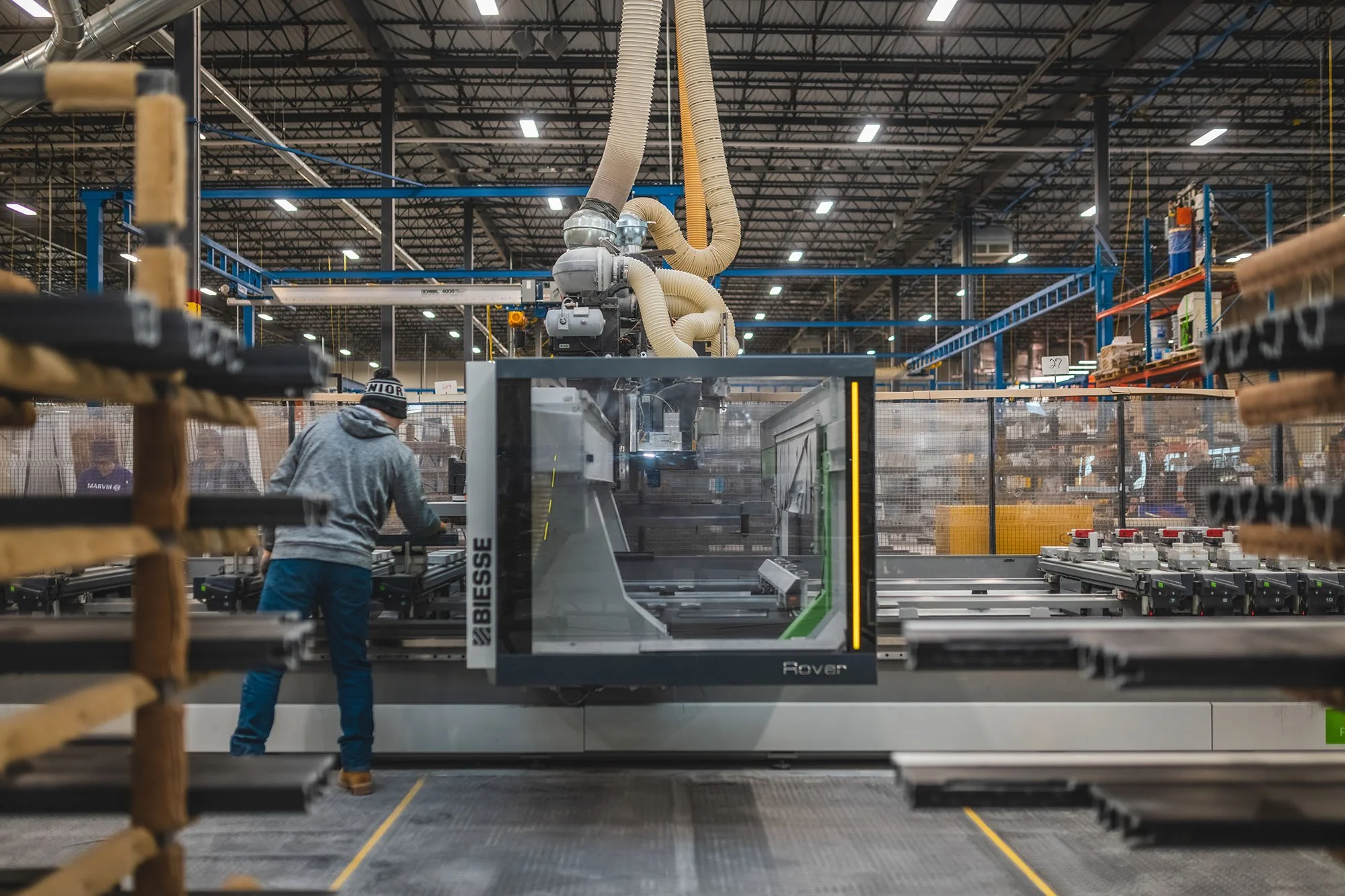Engaged Employees Are Essential
It sounds simple, but the results are powerful: Take care of your employees’ needs, and they will take care of the business.
I’ve experienced the force of this mantra time and time again throughout my 30-year career in manufacturing. Employees who are engaged, feel appreciated, and have their needs met are simply more productive, more loyal, and safer. Compared to low-engagement teams, high-engagement teams have 81% lower absenteeism, 64% less safety incidents, 41% less quality defects, and 18% to 43% less turnover, according to Gallup.
There are a range of philosophies around how to engage your teams, but my career has taught me that none are more effective than listening to employee needs, taking action to make the requisite improvements, and then reporting back to your teams about that action. Listen. Act. Share.
Collecting employee feedback doesn’t have to be a complicated process—overly involved platforms and systems can stand as barriers to gathering input anyway. Instead, assemble roundtables of wide swaths of your employees, making sure not to self-select the already engaged ones because, after all, you are looking to enliven the folks at the margins who feel they’ve been forgotten. Ask questions to stir conversation. And then, this part is crucial: shut up and listen. The point is not to solve the problems right there in the room. Instead, you should have a process for capturing the feedback and analyzing it for the themes that emerge, the problems that come up time after time.
The approach will not come naturally to many leaders in an industry that has for too long operated top-down. But, like number-crunching or effective client comms, leaders can and must develop their ability to listen.
If you’re in tune with your teams, their challenges start to feel like opportunities. In 2006, I was tapped on the shoulder to lead GE’s takeover of a plant in China, which was transitioning out of state ownership. It became clear very quickly that the local workers were relying on us for some basic needs. A half-hour before shift change, a team of welders were lining up at the showers to clean off the grime of the day before boarding buses home to their families. They were trying to be first in line because the plant we operated didn’t have enough hot water capacity. When I learned this, I pledged hot showers within a week—a fact at which the maintenance manager, getting word of my promise through a translator, shook his head in disbelief.
But the next week, as shifts were winding down, workers watched a massive steam truck pull up and connect into the water system.
Was it expensive? Sure. Did it prove worth it? Absolutely.
We saw engagement rise immediately and, as we continued to hear out our team members and address their needs, production took off, as well. Within five years, we went from a GE plant on the watch list for operations, quality, and safety to one getting recognized by the company in those same categories.
Long story short: Engaged workers are everything. Manufacturing organizations implementing this sort of change may notice their long-standing employees suffer from a sort of paternalistic hangover, shaped by years of being told they should stay quiet and do what they’re told. Re-engaging these employees requires shifting the culture, but the effort will pay off. It’s time that more organizations put employee feedback on par with customer feedback, treating it like the solid gold that it is.
